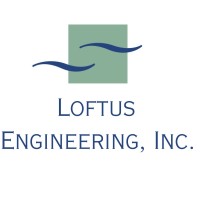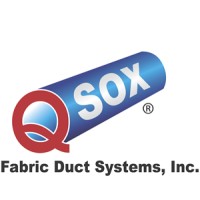
Loftus Engineering, Inc.
Loftus Engineering is an Indianapolis-based WBE, full service mechanical and electrical consulting engineering firm, specializing in unique, complex and sustainable building projects. We serve the higher education, K-12, healthcare, municipal, research and transportation markets in Indiana and the surrounding states. Our staff consists of licensed professional engineers, Healthcare Facility Design (HFDP) professionals, ,LEED accredited professionals, & lighting certified professionals. Services: • Mechanical Engineering • Electrical Engineering • Plumbing Engineering • Telecommunications Design • Construction Administration • Consulting Services Certifications: • WBE Certified and DBE Certified • Licensed Professional Engineers • HFDP Accreditation through ASHRAE • LEED Accredited Professionals • Lighting Certified Professionals






